Shortly after the 2025 Los Angeles fires started in January 2025, I took possession of a 2025 Hyundai Ioniq 6 for a one-week evaluation. During that time, I drove several hundred miles and enjoyed my time with this frugal EV before I received word that a friend had been without power for several days, and her Ioniq 5 was dead in her driveway.
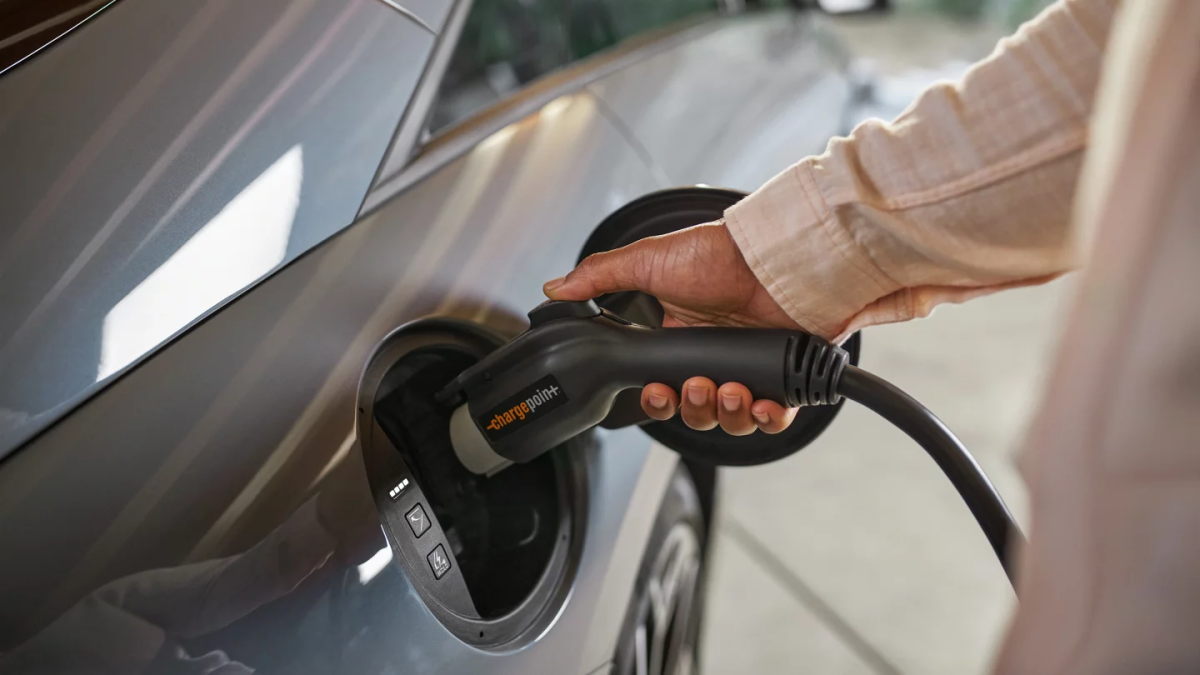
Hyundai
There were over 100,000 people without power during the first week of the fire, and many of them owned electric vehicles. Many of the EV charging stations were either out of commission or clogged with several desperate EV owners. In other cases, like my friend and a family member, they had a dead car at their home with no way to charge it.
Related: Lucid shows off fast charging tech for upcoming Gravity SUV
What is “bidirectional charging?”
Bidirectional charging is the ability to charge something else with your EV, whether it’s your house, an appliance, or another EV. While the idea isn’t new, it’s in limited use with all-electric, PHEV, and hybrid vehicles in the United States,
Nissan has been doing this since the first generation of the Nissan Leaf, but it has only begun to apply this strategy to more vehicles in the market over the past few years. Hyundai and Lucid were a little later to the party but still welcome additions. Keep in mind, though, that you need to have your home properly wired to tap into bidirectional charging, either for your home or back into the grid.
The biggest issue with bidirectional charging is that converting from DC to AC and then back to DC wastes a lot of energy. Your vehicle may also have restrictions on how and what it charges.
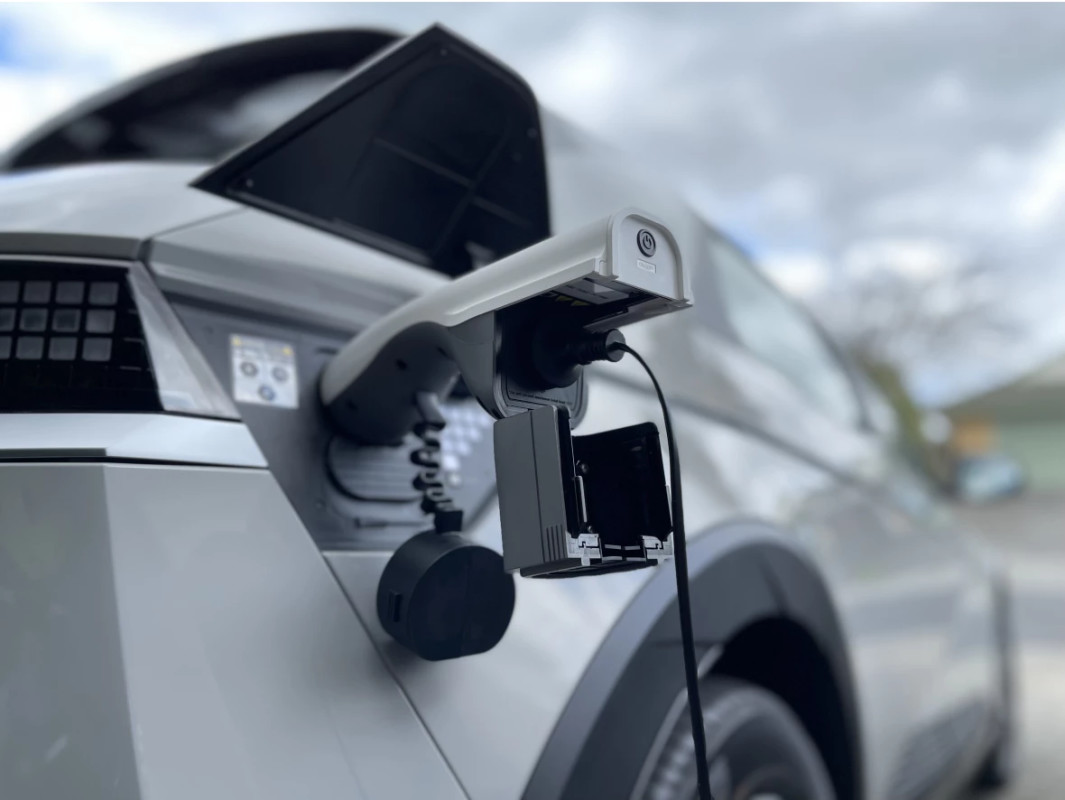
Hyundai
The Hyundai Ioniq 6 bidirectional charging experience
Watching the Hyundai Ioniq 6 charge the dead Ioniq 5
wasn’t as smooth as I had seen in the automaker’s PR videos. Charging small, low-amp items can easily be done from the interior of the vehicle, but charging an entire other car is a different story.
The first thing you need is an adapter to plug into your EV’s external port. Without the proper adaptor, the vehicle won’t recognize a ground connection, its software may have issues, or it could damage it entirely. In this case, the Hyundai would not work with many cheap adaptors, instead demanding an OEM one.
Related: 2025 Nissan Leaf: 4 reasons to love it, 3 reasons to think twice
Even after procuring the proper adapter, we had to try a few times before everything kicked in. Given that we were using 110V (Level I) charging and the Ioniq 6 was about 90 percent charged, we assumed we could drop down to 50 percent, and the dead car would get charged between 35-40 percent in about seven or eight hours. We were wrong.
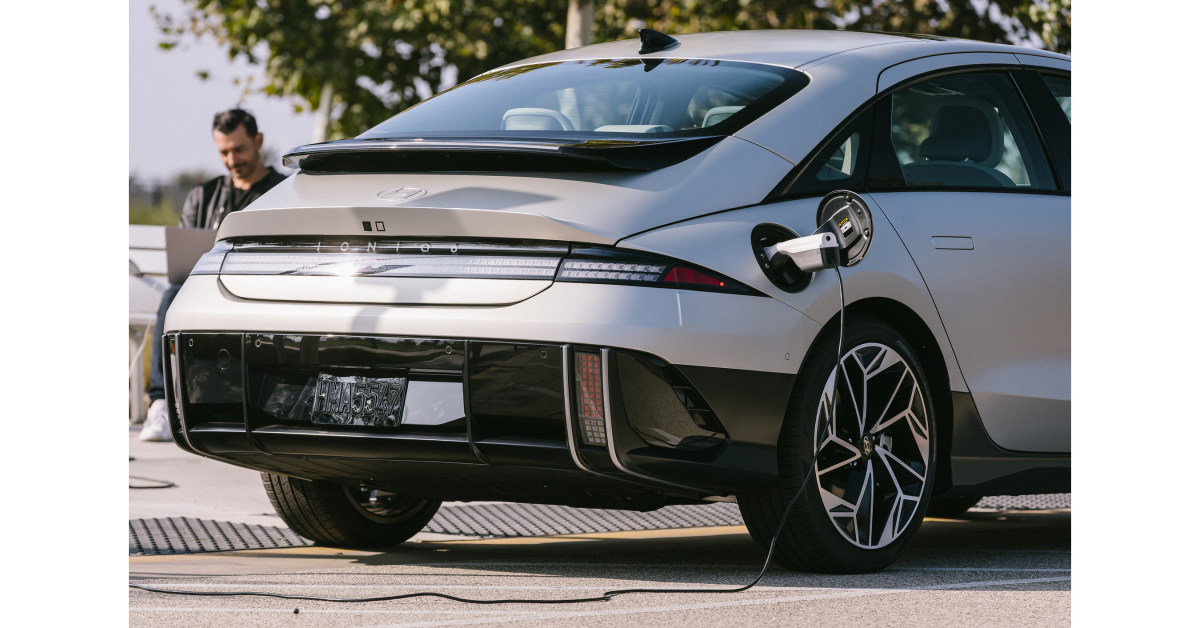
Hyundai
The inefficiency of bidirectional car charging
The formerly dead Ioniq 5 was charged to approximately 16 percent, while the Ioniq 6 dropped to about 50 percent. The whole process took about 10 hours, so our estimations were way off. Why was that?
Simply put, it’s all thanks to energy loss. We assumed it would be like pouring a full cup of water into an empty cup until it was half full. The other cup would be half-full as well, right? See, electricity doesn’t work that way, at least not in this case.
When you convert from DC to AC and then back to DC, each conversion loses energy. Some of that energy is wasted in transfer, while some is wasted as heat radiating off a line or component.
If it were DC to DC charging, there would be significantly less power loss. Powering an EV with 220V is also much faster, and vehicles like the Ford F-150 Lightning or Hybrid with the ProPower system should be capable of utilizing 220V with the right setup.
Related: 2025 GMC Canyon: 6 reasons to love it, 3 reasons to think twice
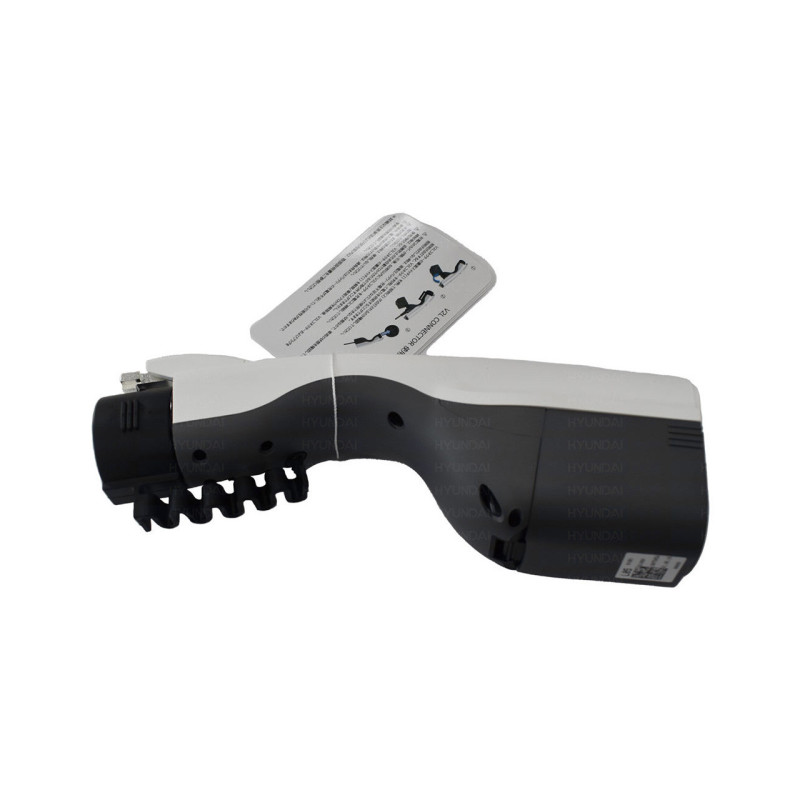
Hyundai
Even with the energy loss, it still worked
Despite all our trial and error and getting less charge than we wanted, we were able to get the car out of her driveway with enough range to drive it to a charging station in the next town. Now that we know what to expect, the next time (I hope there isn’t one) will be easier.
I should add that I have seen bidirectional charging work better with home charging, powering campsites, and powering work tools. The system can truly turn your EV, PHEV, or hybrid into a mobile power station, which can be extremely helpful in a jam.
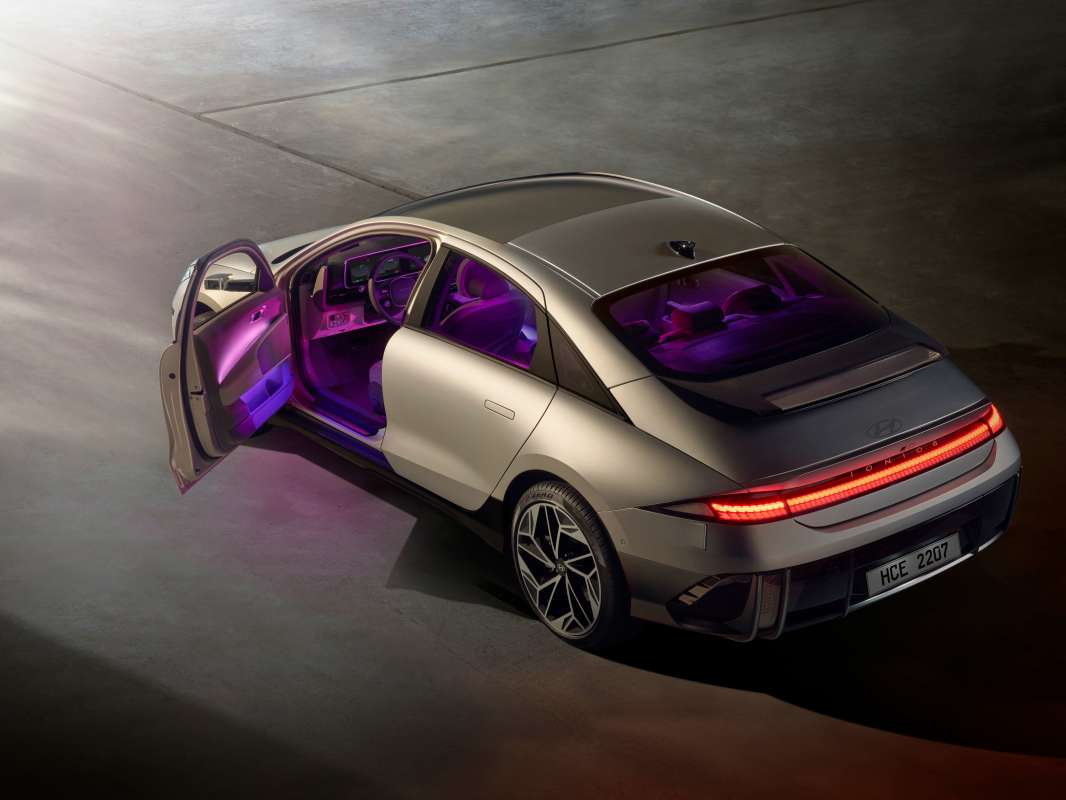
Hyundai
Final thoughts
If your electric vehicle is stranded in a massive fire, like the one L.A. recently endured, I need to remind you of a cautionary note: your EV can either be a savior or a timebomb. I’m not trying to scare you, and I know from experience that new EV batteries are pretty robust, but they have limits.
We’ve seen plenty of evidence that EVs can power homes, and Tesla even sent out Cybertrucks to power needy areas. However, some of the areas hit hard by this fire became even deadlier when abandoned EVs caught fire.
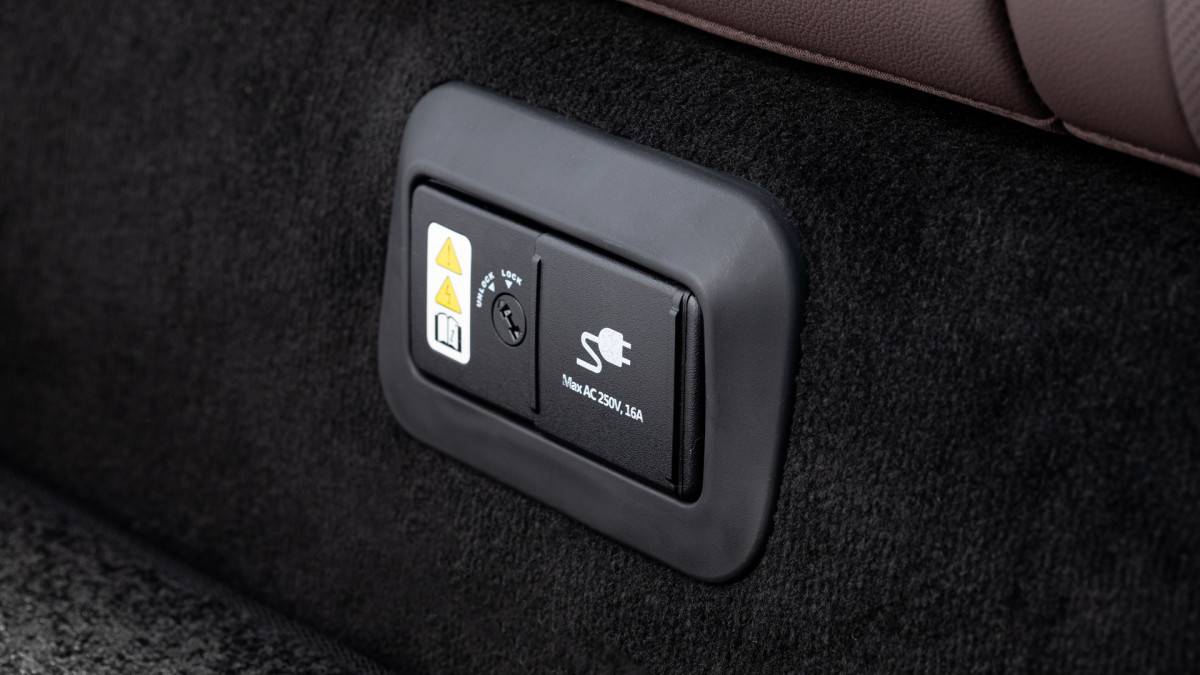
Hyundai
Any car will combust when the fire is as intense as LA’s, but the chemical makeup of these EVs means that the battery can ignite and keep on burning. In some cases, EV fires made things much harder for firefighters.
When all was said and done, I relaxed in the Ioniq 6 for the two-hour slog back home. I was pleased with its ability to not only move me well over 300 miles on a single charge but also use its power to help others. I hope that one day, everyone will have a uniform way of doing this with all electrified vehicles.
Love reading Autoblog? Sign up for our weekly newsletter to get exclusive articles, insider insights, and the latest updates delivered right to your inbox. Click here to sign up now!
Related: 2024 Lexus GX 550 review: A fresh new life